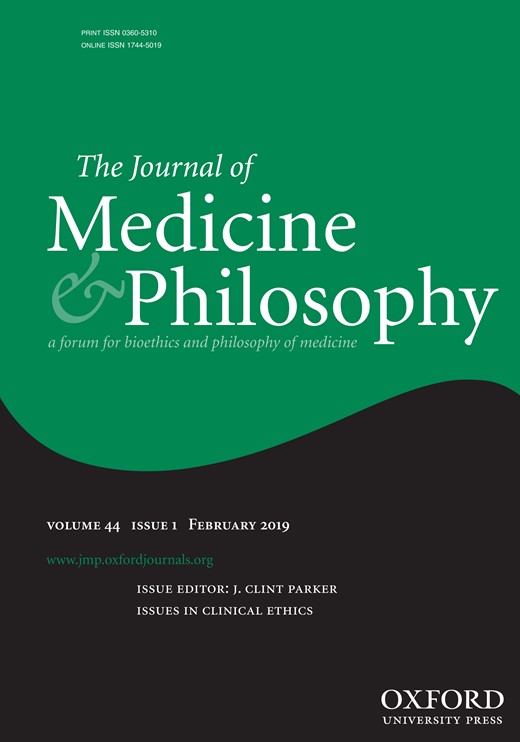-
Views
-
Cite
Cite
M Cristina Amoretti, Elisabetta Lalumera, A Potential Tension in DSM-5: The General Definition of Mental Disorder versus Some Specific Diagnostic Criteria, The Journal of Medicine and Philosophy: A Forum for Bioethics and Philosophy of Medicine, Volume 44, Issue 1, February 2019, Pages 85–108, https://doi.org/10.1093/jmp/jhy001
Close - Share Icon Share
Abstract
The general concept of mental disorder specified in the fifth edition of the Diagnostic and Statistical Manual of Mental Disorders is definitional in character: a mental disorder might be identified with a harmful dysfunction. The manual also contains the explicit claim that each individual mental disorder should meet the requirements posed by the definition. The aim of this article is two-fold. First, we shall analyze the definition of the superordinate concept of mental disorder to better understand what necessary (and sufficient) criteria actually characterize such a concept. Second, we shall consider the concepts of some individual mental disorders and show that they are in tension with the definition of the superordinate concept, taking pyromania and narcissistic personality disorder as case studies. Our main point is that an unexplained and not-operationalized dysfunction requirement that is included in the general definition, while being systematically violated by the diagnostic criteria of specific mental disorders, is a logical error. Then, either we unpack and operationalize the dysfunction requirement, and include explicit diagnostic criteria that can actually meet it, or we simply drop it.



